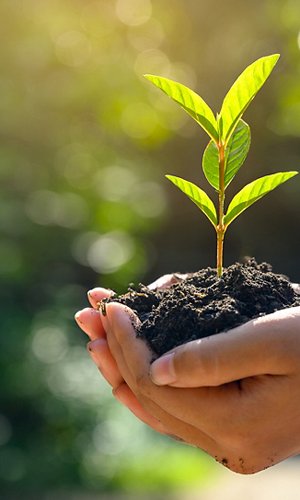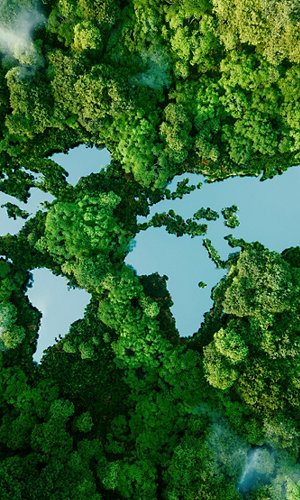The Amazon rainforest is the largest area of tropical forests on Earth and has proven to be an important carbon sink in recent decades. The Amazon’s carbon sink capacity now seems to be declining due to factors such as deforestation and climate change. This has been reported in a study recently published in Nature. From 2010 to 2018, the researchers carried out 590 aerial measurements, measuring the concentration of carbon dioxide and carbon monoxide in the lower troposphere at four sites, representative of the north-east, south-east, south-west and north-west regions.
The data shows that deforestation has reduced the Amazon forest’s ability to absorb CO2 from the atmosphere and that the eastern Amazon produces more carbon emissions than the western Amazon, because it has been subject to more extensive deforestation, warming and water stress than the western part over the past 40 years. In particular, the area where these trends are most significant is South-eastern Amazonia, with the result that it is now a net source of carbon in the atmosphere, mainly due to fires.
The carbon balance (final balance between absorption and emissions) of the South American Amazon (7.25 million km2) determined in the period from 2010 to 2018 was 1.06 billion tonnes of CO2 released into the atmosphere per year, while that of the Brazilian Amazon (4.2 million km2) was 0.87 billion tonnes of CO2 per year. Emissions from combustion are the main source of carbon, releasing 1.51 billion tonnes of CO2 into the atmosphere in the South American Amazon (1.06 million tonnes of CO2/year from the Brazilian Amazon). If there were no fires and deforestation, the Pan-American Amazon would remove 0.45 billion tonnes of CO2 per year from the atmosphere, while the Brazilian Amazon would remove 0.19 billion tonnes of CO2 per year.
The researchers conclude their study by stating that eliminating deforestation and fires, as well as reducing CO2emissions, would increase the Amazon rainforest’s capacity to absorb carbon, help increase rainfall and reduce temperature, which in turn would further increase its capacity to absorb carbon, forming a positive cycle, not only for the Amazon, but also for the rest of Brazil, South America and the planet, since we are all interconnected.




